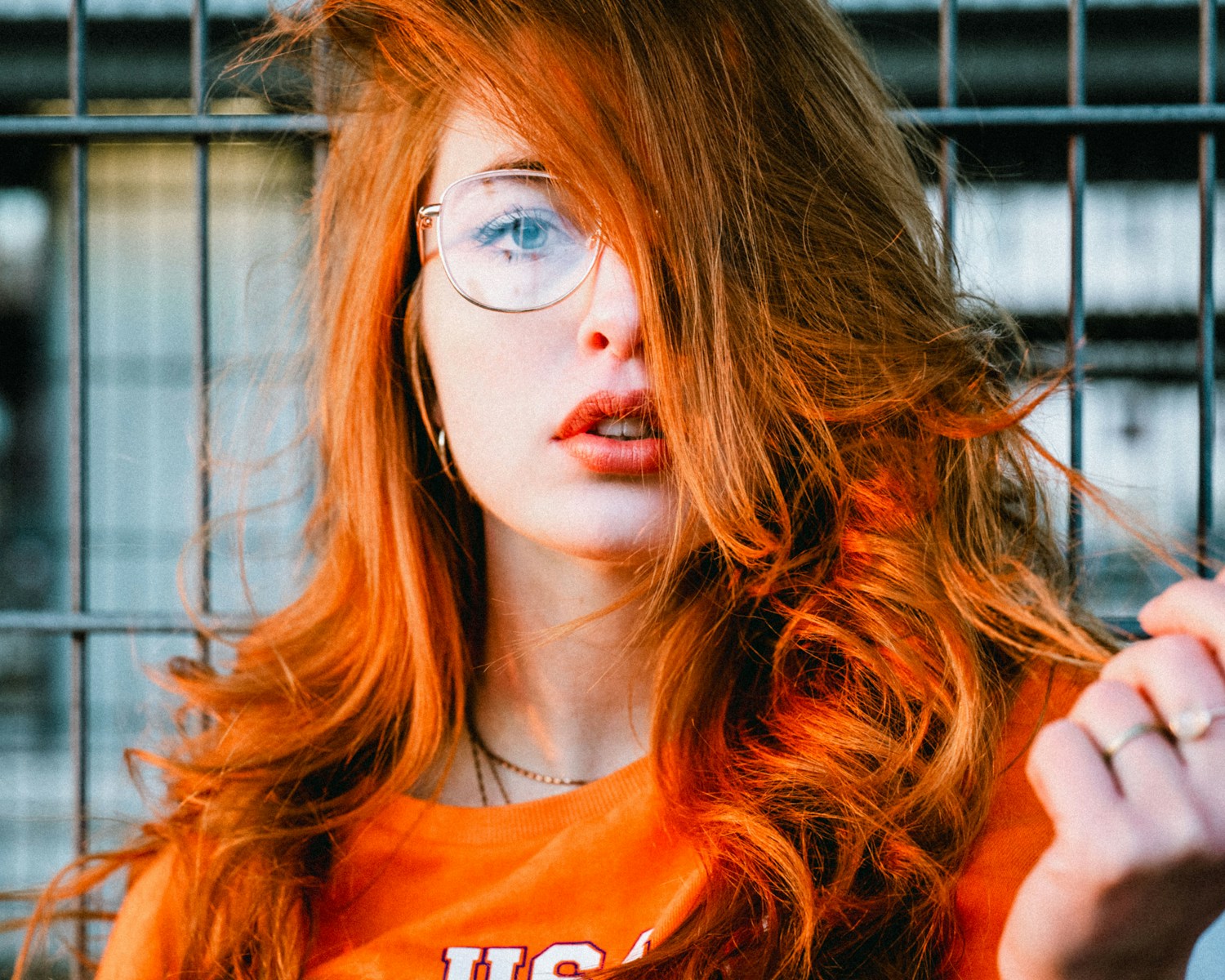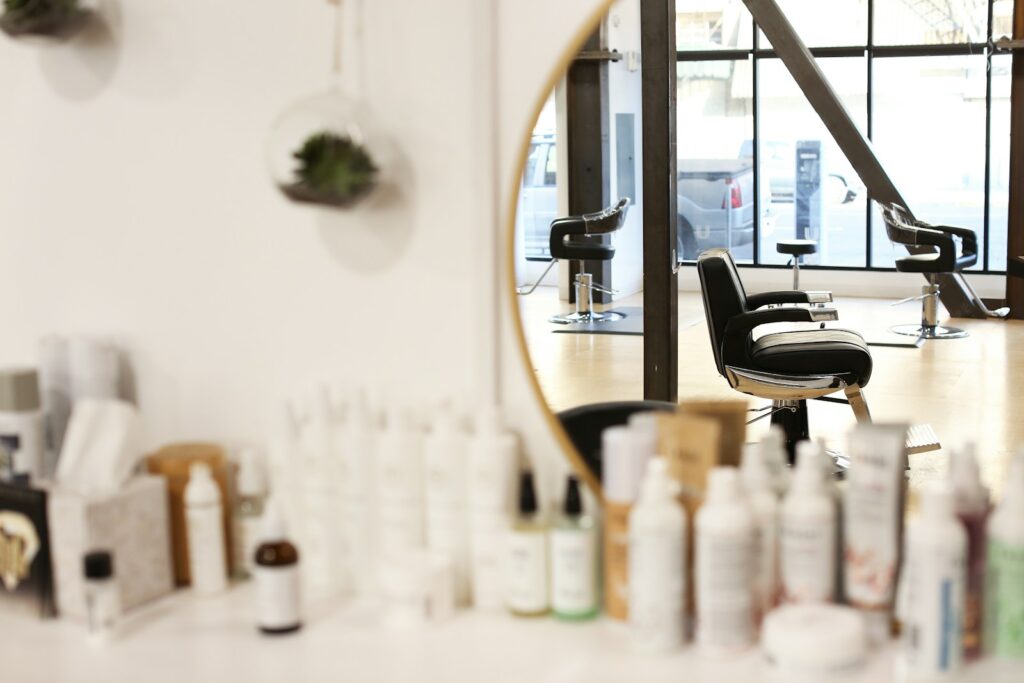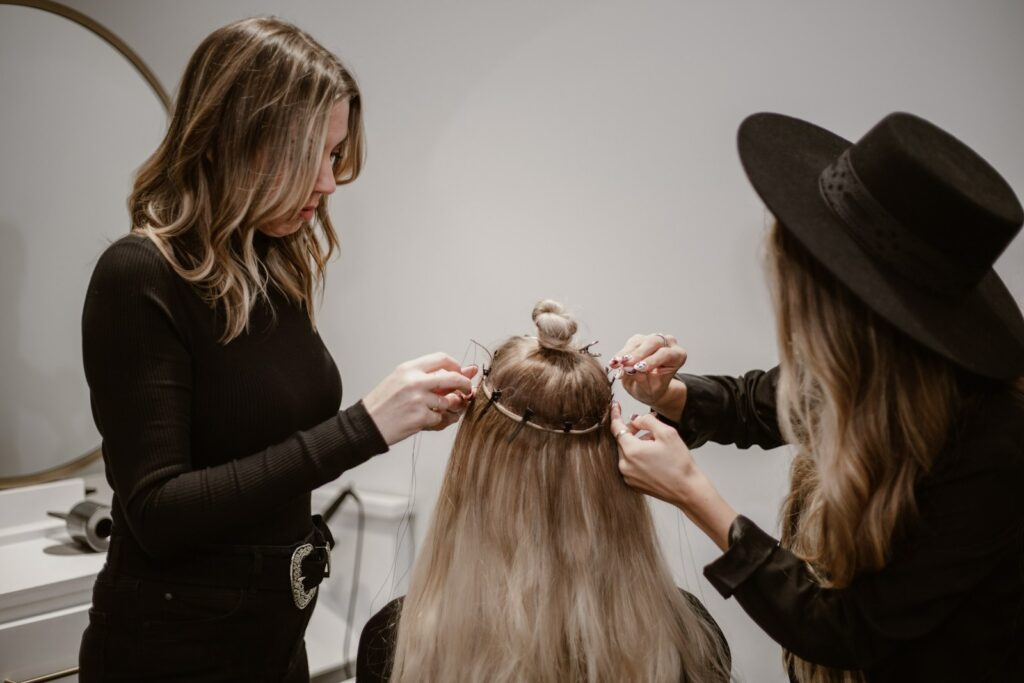Picking the perfect hair color can feel overwhelming, but the right shade can brighten your complexion, enhance your features, and give you an instant confidence boost.
The key is understanding your skin’s undertone and choosing colors that complement it rather than clash. With a bit of guidance, you can find a flattering shade that makes your whole look feel polished and radiant.
Understanding Skin Undertones
Your skin tone is the surface color, but undertones are what really matter when choosing hair color. Undertones fall into three main categories: warm, cool, and neutral. If your veins look greenish, you likely have warm undertones; if they appear bluish or purple, you have cool undertones; and if you see both, you’re probably neutral.
Knowing this simple detail makes it easier to pick hair shades that harmonize with your natural coloring.
Best Colors for Warm Undertones
If you have warm undertones, think golden, honey, and caramel hues. Rich chocolate browns, golden blondes, and warm auburns bring out the natural warmth in your complexion.
Avoid overly ashy shades, which can wash you out, and instead opt for colors with golden or red undertones to accentuate your skin’s natural glow.
Best Colors for Cool Undertones
Cool undertones look fantastic with shades that have icy, ashy, or blue-based tones. Platinum blonde, cool brown, and burgundy are all excellent options. Ashy highlights and darker espresso shades can add striking contrast without overwhelming your complexion.
These cooler shades balance pink or red undertones in the skin, creating a crisp and elegant look.
Read More: The Science of Shiny Hair: What Really Works
Neutral Undertones: The Best of Both Worlds
If you’re lucky enough to have neutral undertones, you can pull off a wide range of shades. From warm honey tones to cool ash blondes, your coloring adapts easily.
Neutral undertones also allow you to experiment more—try balayage or ombré for a low-maintenance style that seamlessly blends warm and cool tones.
Don’t Forget Maintenance
While the right hair color can enhance your natural beauty, it also requires upkeep. Lighter shades may require more frequent toning, while darker shades can fade faster than expected.
Ask your stylist about maintenance levels before committing to a new color, and consider whether you’re ready for regular touch-ups or prefer something more low-maintenance.
Testing Before You Commit
If you’re unsure about making a big change, consider trying temporary options first. Wash-out colors, hair chalks, or even virtual hair color apps can give you a preview of how different shades will look with your skin tone.
This allows you to experiment without a long-term commitment and helps narrow down what feels most natural—or most exciting—before you sit in the salon chair.
Confidence Is Key
Ultimately, the best hair color is the one that makes you feel amazing. Guidelines about undertones and shades are helpful, but they’re not set in stone. If you’ve always dreamed of going platinum blonde or fiery red, go for it.
Confidence carries any color, and the right attitude can make even bold choices look perfect.




